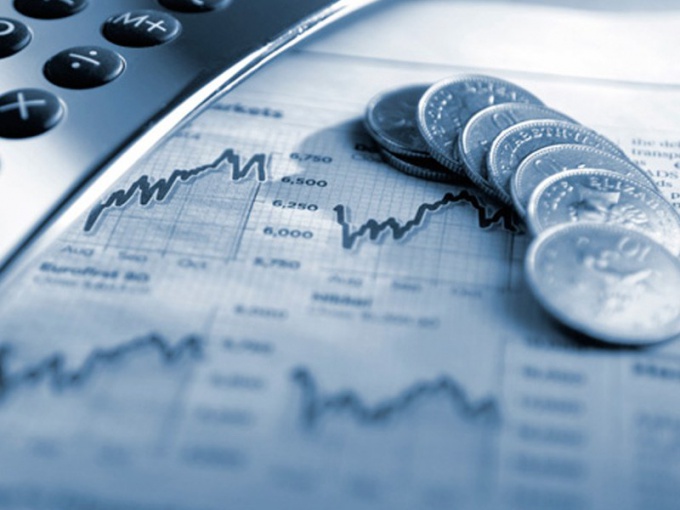Types of investments
Investment spending is the sum of all expenses of the company, to its normal function. The investment costs proportional to the level of profitability of the project. Accordingly, the smaller the expenses, the more income.
In General terms the types of costs distinguish the real (capitalbridge) and financial investments.
As a real investment there may be fixed assets, real estate, stocks, assets, R & d, investment in staff (training and professional development). It is important to note that investing in the professional development of staff and new developments can be attributed to the investment in the implementation of investment projects.
Capital investments can be directed on new building and expansion, reconstruction or re-equipment of enterprises.
Objects of financial investments can be securities (stocks, bonds, etc.), deposits, foreign exchange, precious metals, etc.
Distinguish gross and private investment costs. Gross is the amount of real investment for a certain period. These costs are at the expense of own means (depreciation, profit), raised (issue of shares) or debt (loans and bonds). Net investment in contrast to gross reduced by the depreciation amount.
The investment cost structure
Part of the investment costs included basic and net working capital. Fixed capital includes the cost of infrastructure and fixed assets. To clean the cost of maintaining the stability of production, they are also called operating costs.
To classify costs into direct, indirect, explicit (implicit) and non-refundable. Direct costs are directly associated with the implementation of investment projects. This, in particular, the cost of acquiring and commissioning of equipment, transportation, installation of production or raw material.
Indirect costs associated with the creation of favorable external conditions for the organization of production. This, for example, legal and accounting support of the project, payment of contractors. Accounting for these costs reduces the profitability of the project.
Implicit or hidden costs arise from the surplus assets which are not involved in generating income.
If costs were not taken into account in the investment project, they are not reimbursed. For example, the cost of developing a business plan or conduct marketing research.
The costs in capitalocratic and financial investments differ. In the first case there are the following types of expenses:
- R & d;
- preparation of project documentation;
- obtaining of permits and licenses;
- the acquisition and construction of real estate;
- purchase of equipment, its delivery, installation and commissioning;
- a mandatory tax payments and customs duties;
- other expenses - for example, the connection to the power grid.
In the implementation of the financial investment in the costs include expenses for the purchase of securities, the transaction costs (spreads and commissions), promotion Manager, personal expense, tax payments. Also, the investor may experience costs associated with the acquisition of market analysts, the payment of consulting services.
